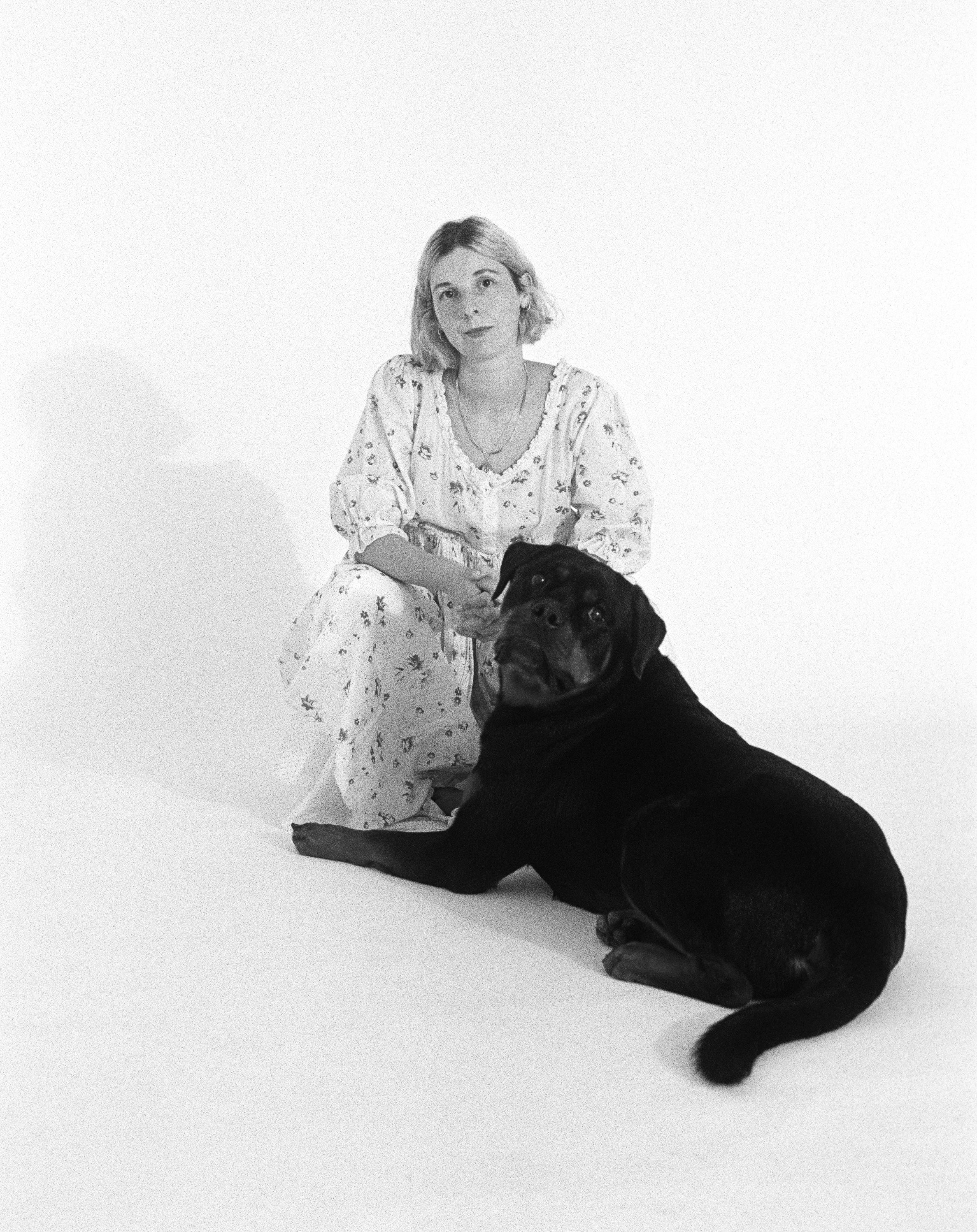
Lymphoma in Dogs: Early Signs, Treatment Costs, and Why Pet Insurance Matters
When I first noticed Atticus, my four-year-old Rottweiler, was unwell, I assumed it was a simple throat infection—nothing a few days of rest and care wouldn’t fix. Within twenty-four hours, however, his throat had swollen to the size of a bullfrog’s, and we were hurtling to the emergency vet. Dogs fall ill so frequently that it’s often difficult to discern between a passing malaise and something far more sinister.
I’m writing this because, time and again, when I mention Atticus’s Lymphoma, the first question I am asked is: “What were the early signs?” It seems a question borne of both worry and hindsight—a reminder that we are always searching for clues, hoping we might catch these things sooner.
Lymphoma cancer in dogs is one of the most common canine cancers, yet many owners remain unaware of its signs until it’s too late. This cruel disease is indiscriminate, affecting dogs of all breeds and ages. If caught early, treatment can be effective, but time is of the essence.
Signs of Lymphoma Cancer in Dogs and Other Common Canine Cancers
One of the first tell-tale signs of Lymphoma cancer in dogs is swollen lymph nodes, which can be felt under the jaw, behind the knees, or in the armpits. Other symptoms include:
-
Lethargy and general weakness
-
Loss of appetite and sudden weight loss
-
Increased thirst and urination
-
Laboured breathing
-
Vomiting or diarrhoea
-
Persistent coughing
-
Unexplained lumps or skin abnormalities
Whilst Lymphoma is among the most prevalent types of dog cancer, other forms—such as mast cell tumours, osteosarcoma, and hemangiosarcoma—manifest in different but equally concerning ways. Any unusual lump, prolonged vomiting, or sudden change in behaviour warrants a visit to the vet.
What to Do If You Notice These Signs
If you suspect your dog may have Lymphoma or another form of cancer, swift action is paramount.
-
Consult your vet immediately: A thorough examination and diagnostic tests, such as fine needle aspirates, bloodwork, or imaging scans, may be required.
-
Consider a specialist: A veterinary oncologist can provide a more precise diagnosis and treatment plan.
-
Brace yourself for diagnostic costs: The initial tests and consultations alone can set you back several thousand dollars.
-
Discuss treatment options: Chemotherapy is the primary treatment for Lymphoma cancer in dogs, but radiation and surgery may be necessary depending on the cancer type.
CHOP Chemotherapy Treatment Plan for Dogs
The CHOP chemotherapy protocol is the most commonly used and effective treatment for canine Lymphoma. This is what we did for Atticus for six months. It was tough on both him and us, but it was very effective. It consists of a combination of four chemotherapy drugs—Cyclophosphamide, Hydroxydaunorubicin (also known as Doxorubicin), Oncovin (Vincristine), and Prednisone—administered in cycles over several months. Here’s what to expect:
-
Initial Assessment: Before starting treatment, your vet will run blood tests, ultrasounds, and sometimes biopsies to determine the stage of the cancer and ensure your dog is healthy enough for chemotherapy.
-
Treatment Schedule: CHOP is typically given over a 16 to 25-week period, with weekly or bi-weekly visits to the vet for intravenous (IV) drug administration.
-
Side Effects: Unlike in humans, dogs tend to tolerate chemotherapy well. Most maintain a good quality of life throughout treatment, though some may experience mild side effects such as lethargy, decreased appetite, or temporary digestive issues.
-
Remission Possibility: With CHOP, around 80-90% of dogs achieve remission, meaning the cancer is no longer detectable. However, remission is not a cure, and Lymphoma often returns within 6-12 months.
-
Ongoing Monitoring: Regular check-ups are necessary to monitor blood counts and organ function to ensure your dog is handling treatment well.
Treatment Options and Prognosis
Chemotherapy remains the gold standard for treating Lymphoma cancer in dogs, often extending life expectancy by 12 months or more. Unlike in humans, dogs typically tolerate chemotherapy well, with minimal side effects.
However, treatment is costly often from $10,000 to $20,000, depending on the length. For us, the emotional and financial burden was immense, and we quickly learnt the value of comprehensive pet insurance. Many policies come with low payout caps, barely covering the diagnostic stage before hitting their limits. If you have a dog, ensure your policy includes robust cancer coverage without restrictive financial ceilings.
For other canine cancers, treatment varies:
-
Osteosarcoma (bone cancer): Often necessitates amputation followed by chemotherapy. Prognosis depends heavily on early detection.
-
Mast cell tumours: Surgery is often effective, though aggressive cases may require radiation or chemotherapy.
-
Hemangiosarcoma (blood vessel cancer): This ruthless cancer has a bleak prognosis, but surgery combined with chemotherapy can extend a dog’s life expectancy.
The Price of Love: Why We’ll Do Anything for Our Dogs
Dogs are family. When they fall ill, we move heaven and earth for them. Whether that means administering medication five times a day or stretching our finances to the brink, we do it without question—because their love is absolute.
At Enid Blythe, we understand that struggle all too well. That’s why we donate 5% of our profits to canine cancer research—because every dog deserves a fighting chance.
Disclaimer: I am not a veterinarian. This article is based on personal experience and should not be taken as medical advice. Always consult a qualified vet for professional guidance.


Leave a comment
This site is protected by hCaptcha and the hCaptcha Privacy Policy and Terms of Service apply.